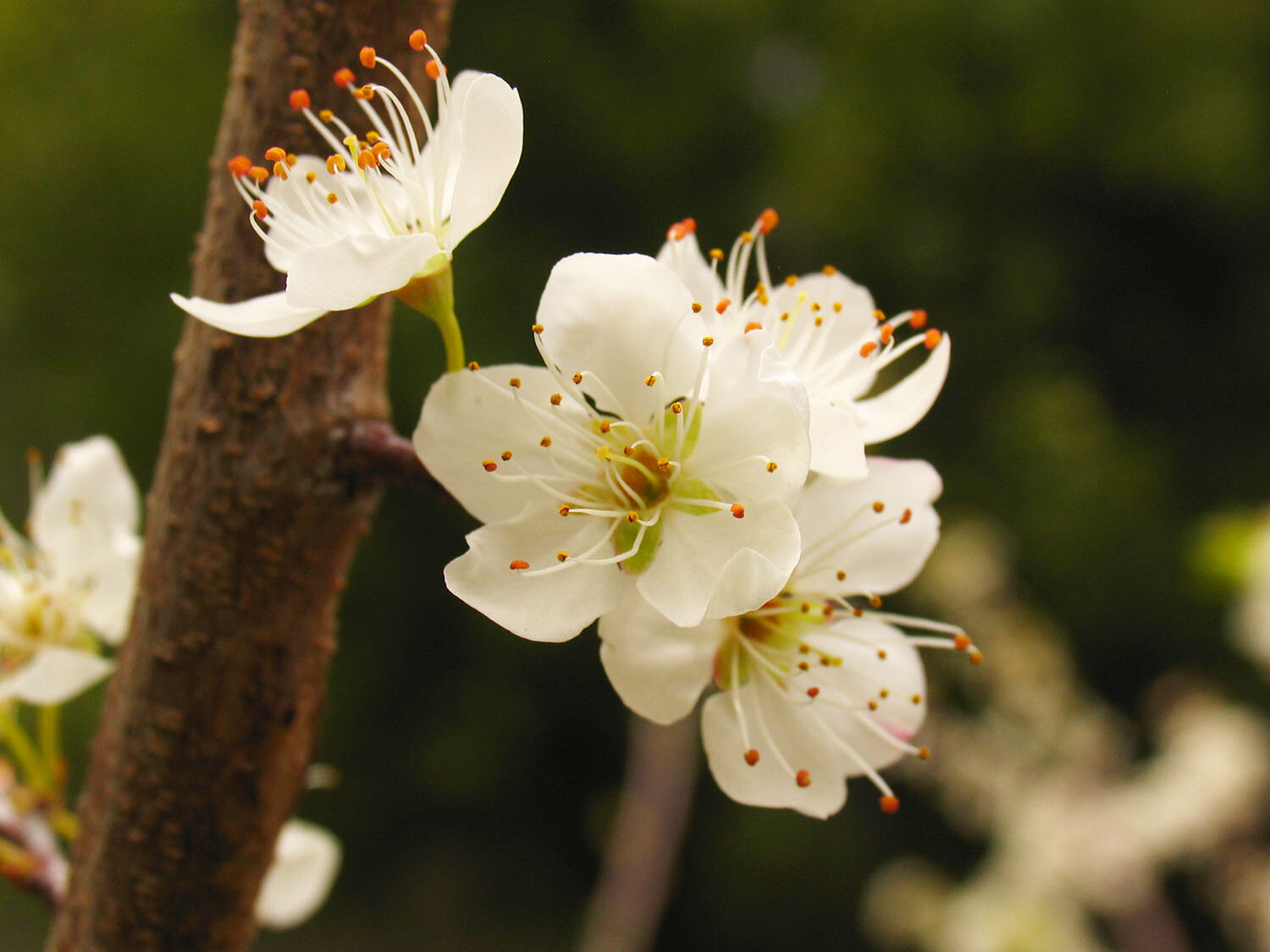Infrastructure Considerations For Allergies
Ensuring the safe use of outdoor learning spaces related to allergies is important prior to use. Review site conditions such as outdoor air quality, extreme temperatures, weather conditions, building materials, vegetation, and insects. Plans should be carefully reviewed by a professional to ensure the health and safety of all learners. A school’s medical team can provide valuable input for the specific needs of students identified with allergies. Consult the school district safety protocols and include the principal or head of school and the school health professional. Planning for students with special needs is covered separately.
Existing Conditions Related To Allergies
Conduct a review of existing conditions on-site for all situations that could cause harm or be a safety concern. Reviews by staff and topic experts could include plants for allergens and attractiveness to stinging insects, as well as potential chemicals that are used as standard school grounds and building maintenance. It is important to then determine which students have known allergies and create contingent action plans and provide relevant training.
Create a needs assessment for outdoor learning for each school and setting. This should include reviews for tactile, visual, physical, sensory, audio, and other potential hazards.
A detailed inventory of the site by a professional, such as a botanist, landscape architect, arborist, or facilities planner, can be created so school staff — and any class volunteers — understand the plants and features on the campus. Plants with high pollen counts and high toxicity are especially important to review. Allergen plants can be reviewed on the OPALS (Ogren Plant Allergy Scale System) list or a similar reference for the specific ecoregion.
Update all school protocols to ensure that proper care procedures are followed, and that equipment is readily available for immediate access in the event of an emergency. Depending on your region, consider when hot temperatures may exacerbate exposure and where shade may be needed. Also, review air quality conditions to help reduce irritants for staff and students with risk factors and follow appropriate safety guidelines for local conditions.
Low and No Costs Solutions
When adding plants to a school campus, pick those that will minimize pollen allergens or insects of concern for your ecoregion.
Plants that may attract stinging insects (such as pollinators) or have allergens should be located away from main use areas so that they are destinations, not near gathering areas. People with known allergies should be able to easily avoid the area(s).
Add signage near gardens or other features that indicate potential health trigger issues to remind them of potential issues.
Have district building and grounds service teams remove potential hazards.
Review school grounds maintenance plans, including grass mowing schedules, use of herbicides, pesticides or fertilizers and other routine maintenance work. Consider an Integrated Pest Management protocol to minimize need for chemical uses.
Schedule a community workday inviting community members to remove hazards that have been identified. Volunteer work parties and community service days can also be used for weed removal to limit the need for herbicides.
See the low- and no-cost solutions related to insects and weather conditions.
Low to Moderate Investment Solutions
If using natural materials for seating, like straw or hay bales, cover with cloth to reduce itchiness, scratchiness, and potential allergens, like mold.
If using composting features, ensure adequate air flow to reduce molds.
Stage first-aid materials for easy access at various locations or with teacher supplies near outdoor classrooms.
Consider providing or recommending cloth or surgical masks, with doctor’s approval, to help manage allergens. Cloth masks should be washed regularly to remove pollen.
Key Contacts
School health professionals and district safety coordinators may have protocols and policies related to outdoor features and management of health issues while outdoors.
Local public health officials may have resources to support districts with information or technical assistance.
School Facilities and Grounds staff can review management practices and notify when chemicals and other potentially irritating products may be used.
References and Resources
Ogren Plant Allergy Scale (OPALS)
— Allergy-Free Gardening
About COVID-19: People with Seasonal Allergies
— Centers for Disease Control and Prevention, updated 2021
Worst Plants for Schoolyards/The Most Allergenic Plants Commonly Found in Schoolyards
— Healthy Schoolyards
Weather Considerations For Outdoor Learning On Hot, Sunny Days
— National COVID-19 Outdoor Learning Library
Adaptive Strategies — Individuals with Special Needs
— National COVID-19 Outdoor Learning Library
Dealing with Bugs and Other Pests
— National COVID-19 Outdoor Learning Library
Poisonous Plants
— North Carolina State University, Herbarium, Department of Plant and Microbial Biology
A maintained list of poisonous plants with notes on which parts are poisonous and the toxicity levels.
Bees and Wasps and Schools
— United States Environmental Protection Agency
Common Poisonous Plants and Mushrooms of North America, Nancy J. Turner and Adam F. Szczawinski, Timber Press
Dror, et. al. (2020). Reduction of allergic rhinitis symptoms with face mask usage during the COVID-19 pandemic. J Allergy Clin Immunol Pract. 8(10), 3590–3593. doi: 10.1016/j.jaip.2020.08.035.
CREDITS
This article was written by Kathy Provenzano, Davis Elementary School, AISD and Jane Tesner Kleiner, RLA, nature+play designs.
It was reviewed by Sarah Gill, MPP and Christina Vassallo, MSN, FNP-BC
National COVID-19 Outdoor Learning Initiative
The National COVID-19 Outdoor Learning Initiative supports schools and districts around the country in their efforts to reopen safely and equitably using outdoor spaces as strategic, cost-effective solutions to increase physical distancing capacity onsite and provide access to abundant fresh air. The Initiative seeks to equitably improve learning, mental and physical health, and happiness for children and adults using an affordable, time-tested outdoor approach to keeping schools open during a pandemic.









